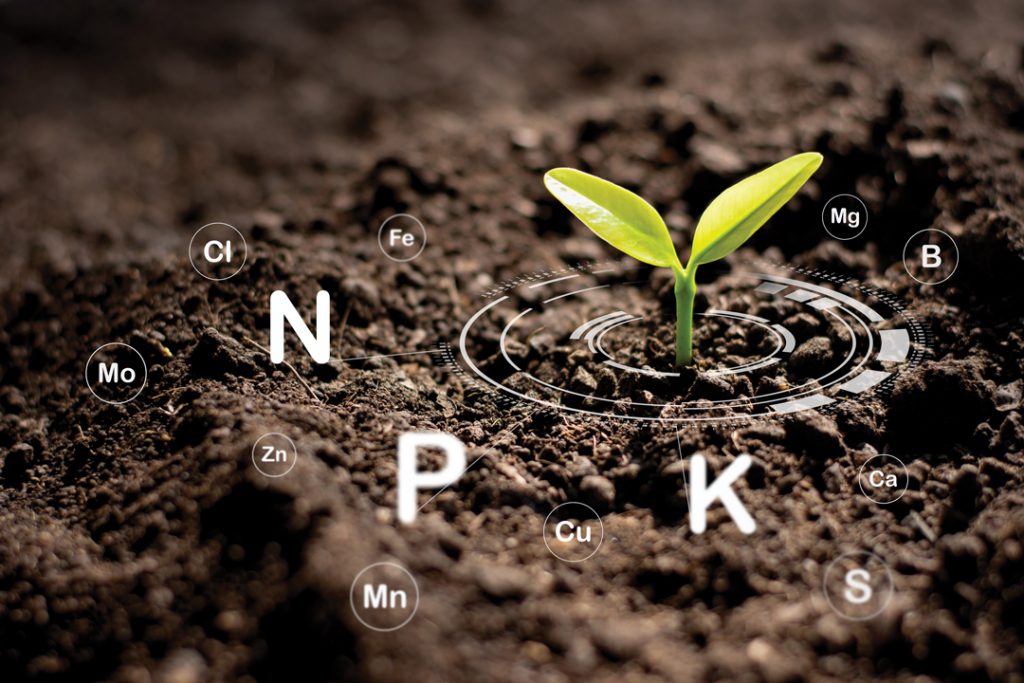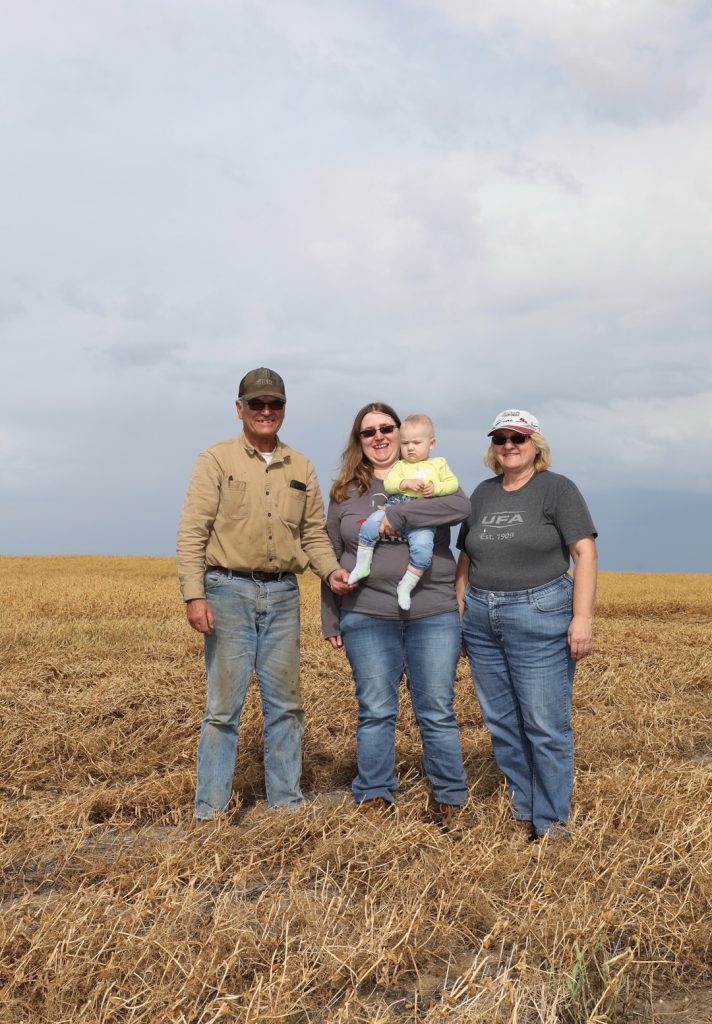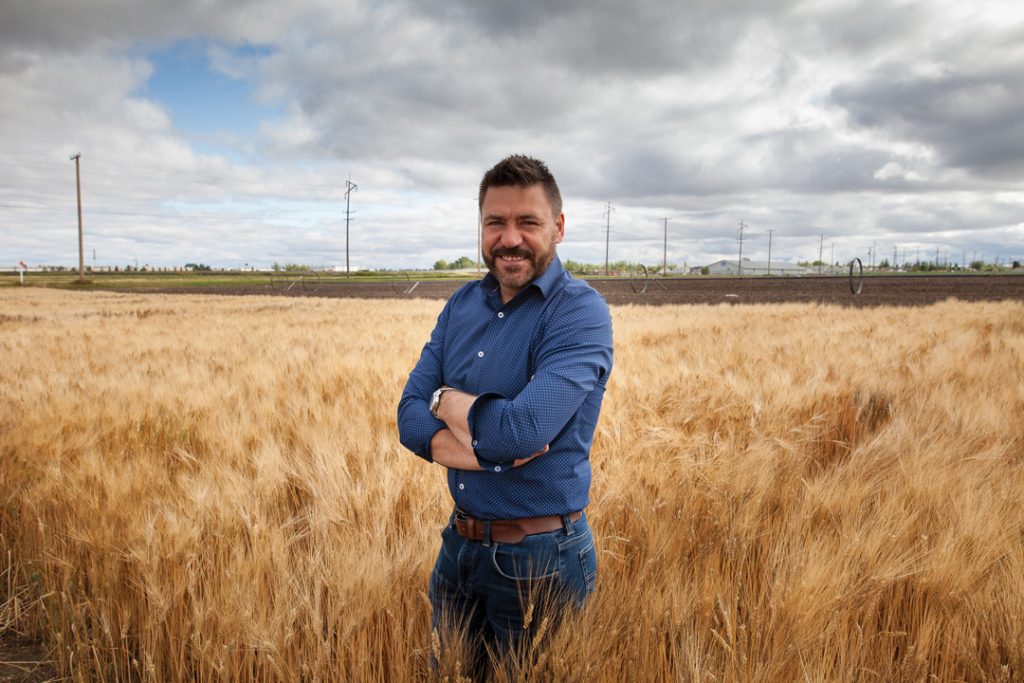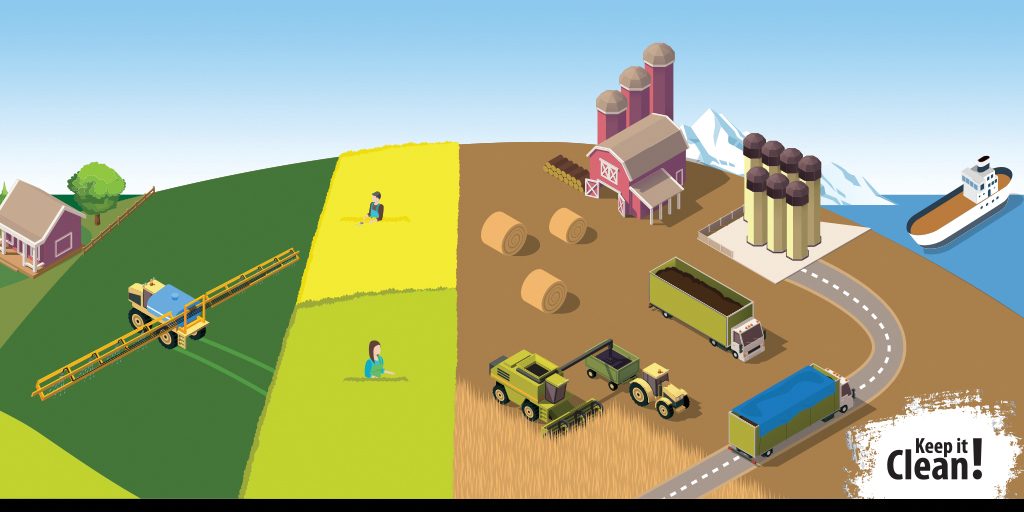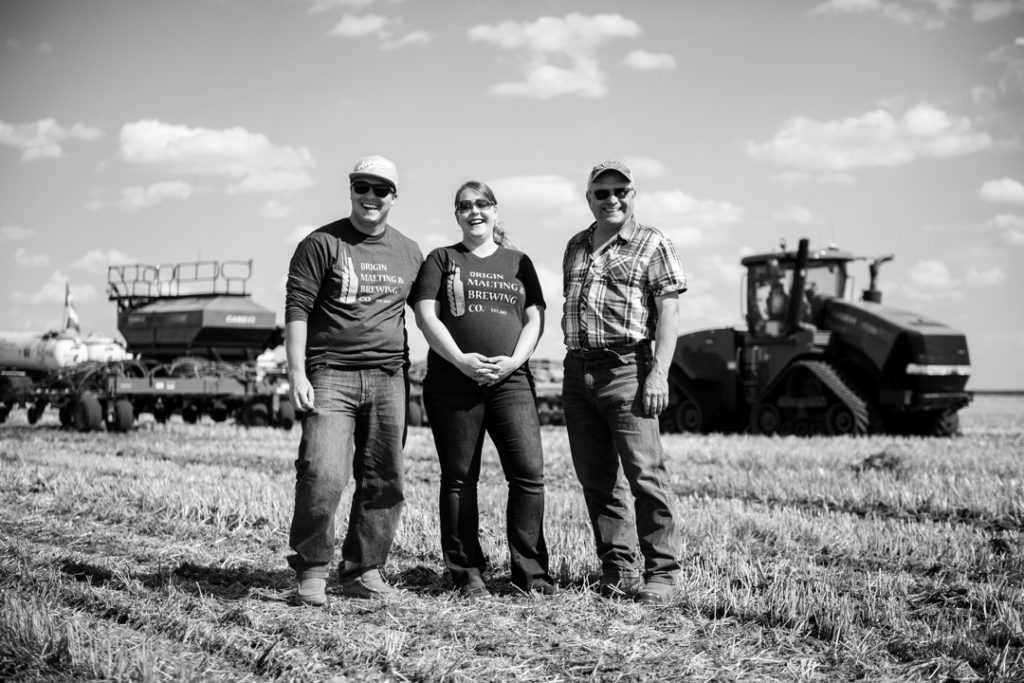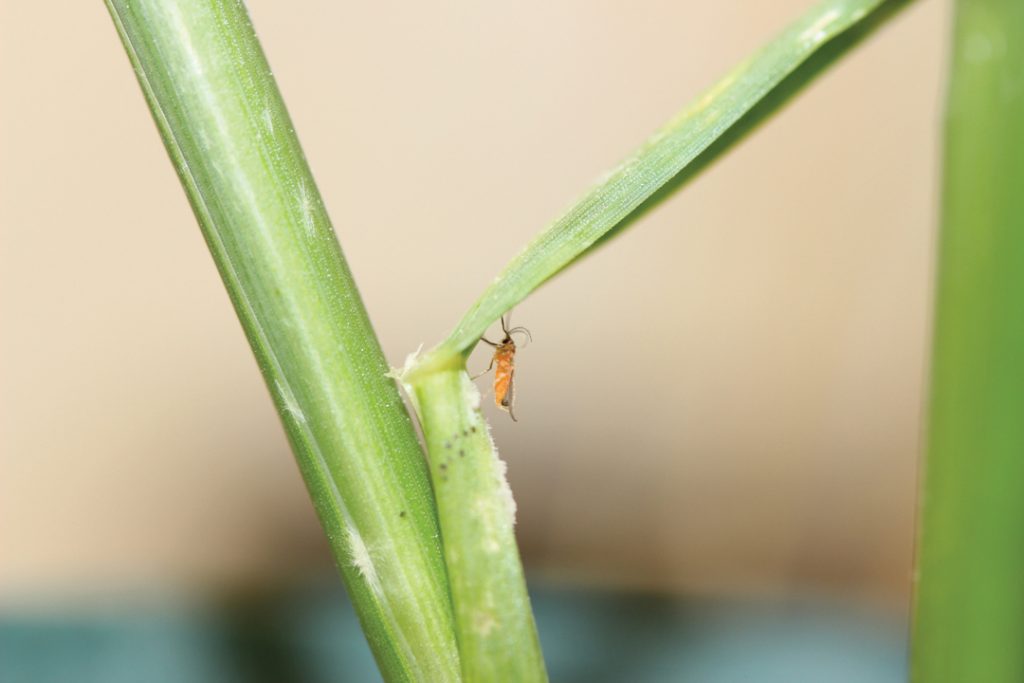SOW WHAT?
The websites of specialty fertilizer companies now often resemble a love letter to the periodic table of elements. Boron, zinc, manganese, oh my! Each shiny product is designed to sell farmers a nutrient they either didn’t know they needed or simply cannot live without.




